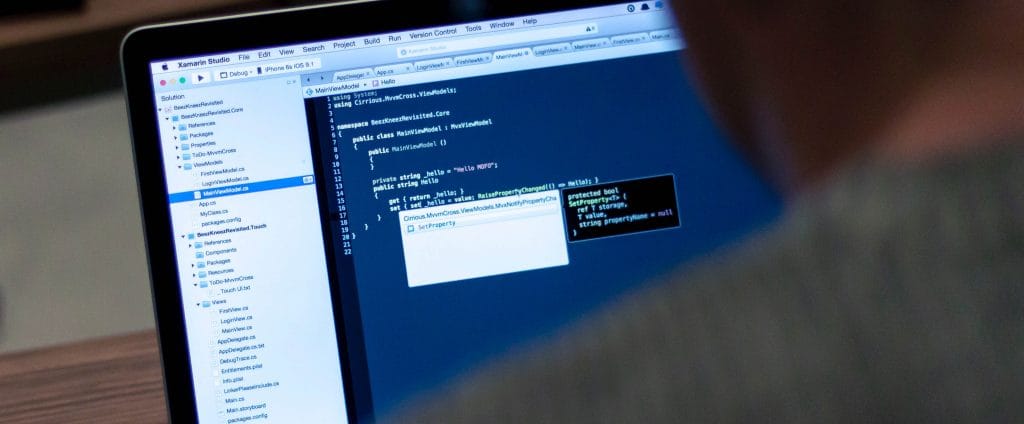IT transformation in healthcare after Covid-19 Pandemic
May 5, 2021
Introduction
Just over a year ago, organizations were challenged with a new paradigm in IT. With stay-at-home orders, employees’ worlds shifted from corporate offices to a work-from-home model. This was difficult for all industries, but for essential medical services such as Healthcare, it meant a radical change in systems and programs, re-thinking existing IT practices, and creating new ways to help the overwhelming strains put on our care systems. Just as in other industries, digital transformation may have been slow to be implemented, but a global pandemic highlighted the need for changes.
Out of these trying times, we are watching an evolution of patient care technology that will grow throughout this year and beyond. The question is whether mainstream technologies such as AI in virtual care will remain a force. Or will we see newer forms of technology changing the game? Here are possible technology trends we believe will be carried weight in 2021.
1. Tele-Med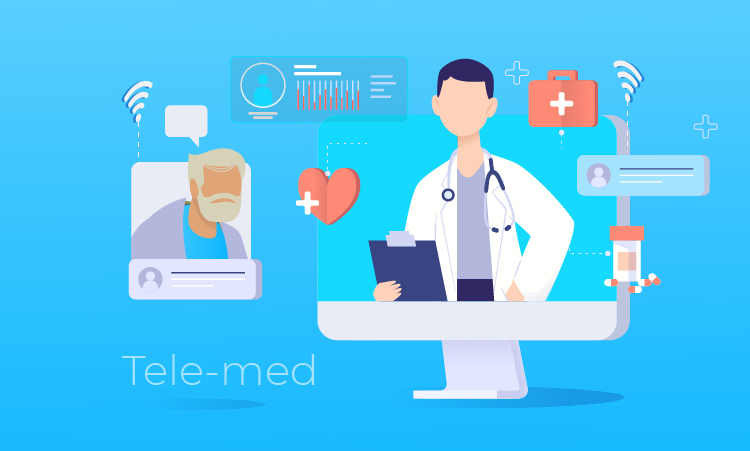
Even those in urban and suburban areas of the US who were accustomed to easy access to in-person visits were forced to find alternative routes for care, Telemedicine became the norm for many. This trend will continue to grow and expand in 2021. Expanding past the Zoom call with a doctor/ medical expert, new technologies will be highlighted that will allow patients to adopt and have confidence in data collecting devices to help physicians treat patients from afar.
“Efforts to curb readmissions, that are enjoying a very important role recently, square measure the backbone of care systems launching and increasing wearables and remote patient observation programs to trace and transmit patients’ very important signs from afar. Providers, though, should be able to handle problems with knowledge management and property.”
– Drees, Jackie, and Laura Dyrda. “10 emerging trends in health IT for 2021.” Becker Hospital Review, 28 December 2020.
The gap in technology accessibility was highlighted for many in our society throughout the past year. Not patients in rural areas, but medical facilities in these areas lack the IT and communication access needed to properly apply these virtual care technologies.
2. Cyber Security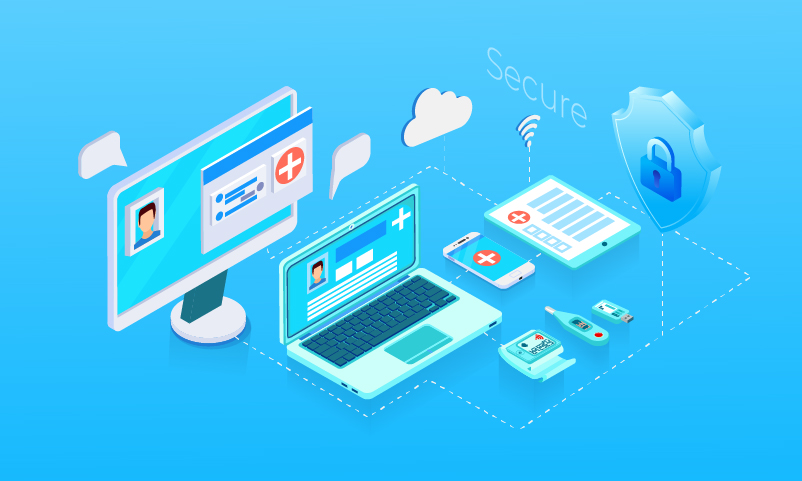
When healthcare employees began working from home and accessing networks and patient information from their own devices, cybersecurity risk increased dramatically. The IT Departments could no longer leverage the controlled environment that they spent years cultivating. Remote work introduced a variety of security challenges that required healthcare IT Departments to think outside the box and implement technologies like Virtual Desktops and Applications, Secure VPN, 2-Factor authentication, and a new technology that Gartner has labeled Secure Access Service Edge or SASE (Promounded “sassy”).
“The importance of building cybersecurity systems and investment in secure knowledge storage is elemental once the danger from cyberattacks is frightful. Therefore, IT groups can proactively communicate to workers members to forestall attacks on smart cyber hygiene and troubleshoot vulnerabilities as additional work goes bit by bit remote. In 2021, it will not be shocking to visualize additional health systems that specialize in cybersecurity technology and talent as a high priority and coming up with each cyber attack state of affairs.” Advances in blockchain technology will help assure organizations and patients that their health data is secure and private.
3. Artificial Intelligence – (AI)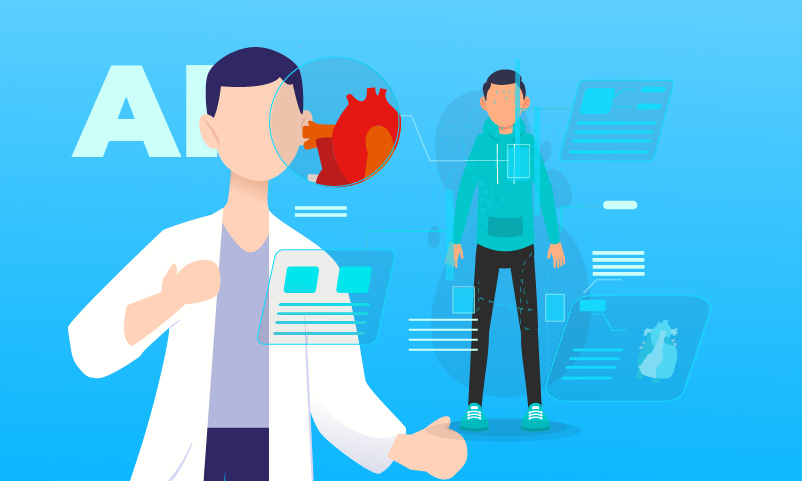
As demands have enlarged and resources square measure stretched the care trade has adopted AI technologies to contour bound aspects of patient care and care systems. As an example, algorithms square measure already economical radiologists at recognizing malignant tumors, and guiding researchers in the way to construct cohorts. However, for a spread of reasons, it’ll be a few years before AI replaces humans for broad medical processes however the last year provided a push for the technology. “The want for touch-free interactions has the potential to spice up the utilization of tongue process — a branch of AI that enables computers to grasp spoken remarks — by seamlessly transmittal knowledge into a patient’s electronic health record. or else, automatic medical services like symptom-checking chatbots can still ease body bottlenecks.”
– Joy, Kevin. “Managing Editor.” Healthcare Tech Trends for 2021: New Tools to Watch, HealthTech.com, 22 December 2020.
Adoption from within the industry and acceptance and use from patients is key.
4. Record Consolidation/Data Management/EHR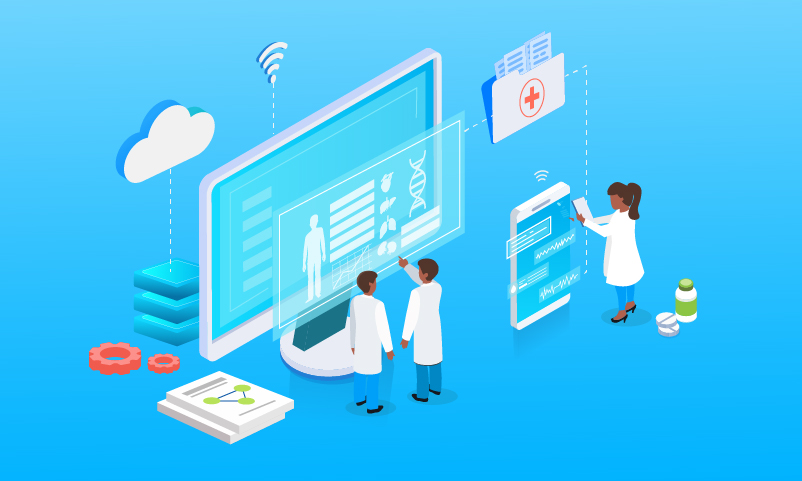
First proposed in 2019, the Department of Health and Human Services finalized rules that would allow patients free and secure access to their health records. While HHS has extended the comment period to May 6, 2021, modifications to the HIPAA Privacy Rules to remove barriers to coordinated care are in the process. This will help patient care to allow individuals to protect their information while allowing for more flexibility to the individual to disclose their health information to other Electronic Health Record apps.
This will be a desirable solution to be deployed and replicated for the healthcare systems as it maximizes the use and sharing of resources.
Conclusion
Time will tell what long-term effects the coronavirus pandemic has had on the Healthcare information technology landscape. As we start to see a light at the end of the pandemic tunnel, we can turn back and reflect on how IT in healthcare evolved and what it means for the future.
Keep reading about
LEAVE A COMMENT
We really appreciate your interest in our ideas. Feel free to share anything that comes to your mind.
Our 16 years of achievements includes:
-
10M+
lines of codes
-
2400+
projects completed
-
900+
satisfied clients
-
16+
countries served



